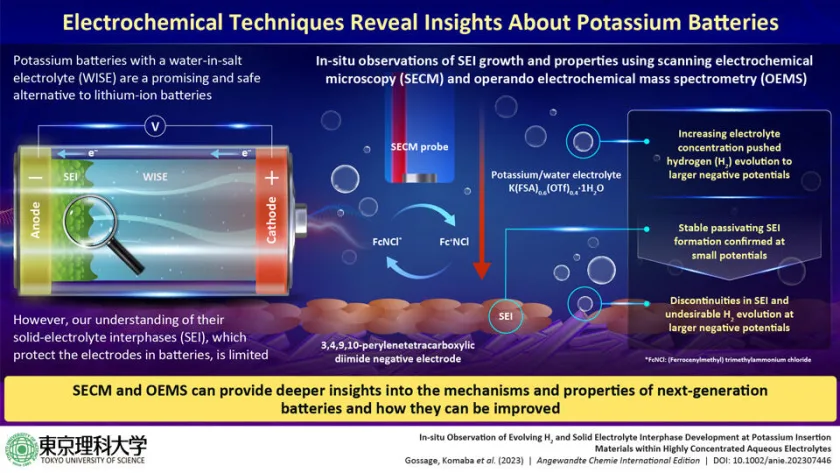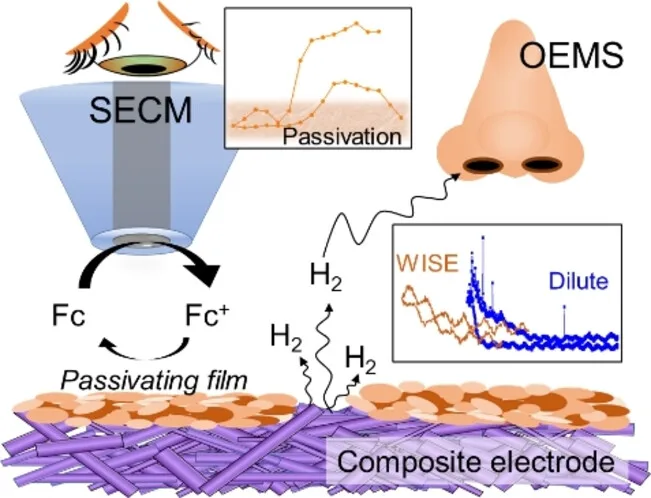
In the recent times, there has been significant focus around the development of high-performance energy storage solutions. Consequently, the idea has become the driving force behind the advancing battery technology.
With the emergence of renewable energy sources such as wind, solar power including electric vehicles (EVs), the need for advanced energy storage systems has grown exponentially.
Although, lithium-ion batteries (LIBs) have been transformative in powering modern electronic devices and vehicles. There are certain challenges associated with this technology, like:
- Its availability is limited
- It is prone to safety issues, including thermal runaway, which can result in fires or explosions
- Its production and disposal have environmental implications
- Generally, in the long run, LIBs can degrade, resulting in reduced capacity and lifespan
- The performance of LIBs can deteriorate over time, especially when subjected to rapid charging and discharging. This affects their ability to maintain consistent power output.
- Charging LIBs can be time-consuming, especially when compared to the rapid refuelling of gasoline or diesel vehicles
- The mining and processing of raw materials, as well as the recycling of spent batteries, can generate waste and pollution.
Researchers across the globe are actively working to address the problems that are associated with lithium-ion batteries.
Unveiling SEI Mysteries in WISEs for Aqueous Batteries
In an attempt to explore an alternative, researchers and manufacturers are looking for water-based electrolytes, also known as aqueous batteries. And potassium-ion batteries (KIBs) are emerging as a promising candidate.
While solid-electrolyte interphase (SEI) has played a crucial role in stabilizing lithium-ion batteries (LIBs). But its role in highly concentrated WISEs (water-in-salt electrolytes) is unknown. WISEs are emerging in aqueous batteries.
In lithium-ion batteries, solid-electrolyte interphase (SEI) safeguards against electrolyte breakdown. It prevents electrolyte decomposition and ensures stable, high-voltage performance.
However, its role in concentrated water-in-salt electrolytes was uncertain. This mystery prompted a research team from Tokyo University of Science- (TUS), Japan, to conduct a study into SEI formation and their properties in WISE-based KIBs.
SEI Behavior in WISEs Unveiled Using Advanced Techniques
To investigate into the properties and behavior of SEI in highly concentrated WISEs, scientists used two techniques:
- scanning electrochemical microscopy (SECM)
- operando electrochemical mass spectrometry (OEMS)
For the experimental model, they used a 55 mol/kg K(FSA)0.6(OTf)0.4 electrolyte paired with a 3,4,9,10-perylenetetracarboxylic diimide negative electrode.
This research revealed passivating structures in concentrated WISEs. Passivating structures are protective layers or coatings that form on the surface of electrodes. They serve to protect the underlying materials from unwanted reactions or degradation during the operation of the battery.
These structures (formed in the experimental model) were similar to the SEI in traditional LIBs.

SEI Stability and H2 Evolution
In situ analyses showed their stability at low potentials. Surprisingly, the SEI became discontinuous at the surface. This was accompanied by H2 evolution at extreme potentials.
Notably, H2 evolution shifted with different electrolyte concentrations. The observation in dilute electrolytes was -0.9 V vs. Ag/AgCl. While in highly concentrated electrolytes, it occurred below -1.4 V vs. Ag/AgCl.
This shift has important implications for understanding SEI behavior in varying electrolyte concentrations.
Paving the Way for Stable Aqueous Batteries
The research combines traditional battery measurements with in situ analyses. Thus, it enhances the understanding of SEI structures in highly concentrated WISEs.
The study has revealed the previously unknown SEI properties. The findings therefore, have opened the door to more stable and high-performance aqueous batteries.
Takeaway
The solid-electrolyte interphase (SEI) is super important in lithium-ion batteries as provides a passivation layer on the anode surface. And now with the current research, its significance in highly concentrated water-in-salt electrolytes (WISEs) is also coming to light.
Scientists are using advanced techniques to gain an in-depth understanding of SEI in WISEs. Studies like these promise more efficient and stable aqueous battery technologies.
The future of energy storage is looking promising due to these discoveries.



